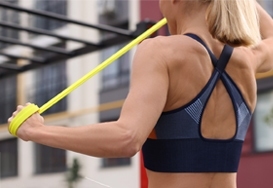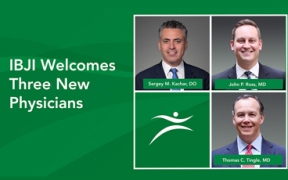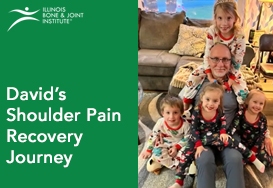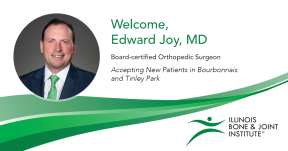A common misconception is that the rotator cuff is the entire shoulder joint. In actuality the rotator cuff is only a part of the shoulder joint. There are four muscles and tendons that surround the shoulder joint. These muscles and tendons help hold the upper arm in place by attaching it to the shoulder blade and holding the ball end of the bone into the socket of the joint. This complicated structure allows for a wide range of motion that is not seen in any other joint of the body. This expansive range of motion allows for people to accomplish many tasks, but it also leaves the rotator cuff susceptible to injury.
Rotator Cuff Symptoms Can Make You Feel Shackled
The rotator cuff is open to a lot of different potential injuries. Typical symptoms of injury to the rotator cuff is weakness in the shoulder, a decreased range of motion, a desire to keep your shoulder still, and of course shoulder pain or tenderness. Pain is sometimes felt more acutely when pulling or lifting an object, reaching for something over your head or behind you, and even possibly when lying on the shoulder.
Twisting & Turning: Causes of Rotator Cuff Injury
While most people focus on rotator cuff tears, there are a number of potential injuries and ailments for pain to be felt in the rotator cuff. These include:
- Strains & Tears – This can occur suddenly following a sudden movement or over time as the tendons deteriorate.
- Tendinitis – Occasionally people who work or take part in sports that involve raising their arms over their heads, lifting heavy loads, or repeatedly moving the shoulder can cause the tendons to become inflamed.
- Bursitis – In the shoulder joint is a liquid filled sack called the bursa that sits between the shoulder and the rotator cuff. In some cases the bursa can become inflamed.
Twisting Around Rotator Cuff Injuries
The best way to treat a shoulder injury is to avoid them in the first place. Four main things you can do to prevent damage to the rotator cuff is practice proper posture, avoid lifting or pulling heavy weights, take breaks when moving the joint in a repetitive manner, and always take care to avoid falling. Of course one thing you can’t do is change your age. The normal wear and tear that occurs as we all age can cause damage to all of our joints and may even result in arthritis and bone spurs.
Always Turn To A Doctor For Rotator Cuff Care
In almost all cases a doctor usually prescribes physical therapy that is focused on increasing the strength of the muscles in the shoulder. Of course as the severity of the injury increases so do the treatment options. Non-steroidal anti-inflammatory drugs (NSAIDs) may be prescribes to control any inflammation. If the pain and inflammation is severe the doctor may suggest injections of corticosteroids. As a last resort, surgery may be offered as a way to alleviate the pain. In some cases the surgery is only performed to repair torn muscles and in others a joint replacement, or arthroplasty, may be needed. A new surgical option that is being offered is a “reverse ball-and-socket prosthesis.” This is an exciting option for people who already have arthritis, a history of repeated rotator cuff tears, or have had a prior shoulder arthroplasty fail.
Circle Back To The Best Doctors Around
To ensure you are treated properly it is important to Schedule online with orthopedic surgeons who have extensive experience in rotator cuff care. Attempting to care for a potential rotator cuff injury on your own can lead to even more damage, more aggressive treatment, and an extended recovery. In the Midwest you won’t find more experienced and caring orthopedic shoulder physicians than those at IBJI. The Illinois Bone and Joint Institute is your best choice for diagnosis and treatment of rotator cuff injures, as well as any other orthopedic problem you may face.
*This content is for information only and is not intended to replace the diagnosis, treatment, or medical advice from your treating healthcare professionals. The content does not provide medical advice, does not constitute the practice of medicine or other healthcare professional services, and does not create a doctor-patient relationship. You should not rely on this information as a substitute, nor does it replace professional medical advice, diagnosis, or treatment. If you have concerns or questions, seek the advice of your healthcare professionals. If you think you may have a medical emergency, call your doctor or 911 immediately. Do not rely on electronic communications or communicate through this website for immediate, urgent medical needs. This website is not designed to facilitate medical emergencies. The use of the information is at the reader’s own risk. The links are provided for information and convenience only. We cannot accept responsibility for the sites linked or the information found here. A link does not imply an endorsement of a site.




